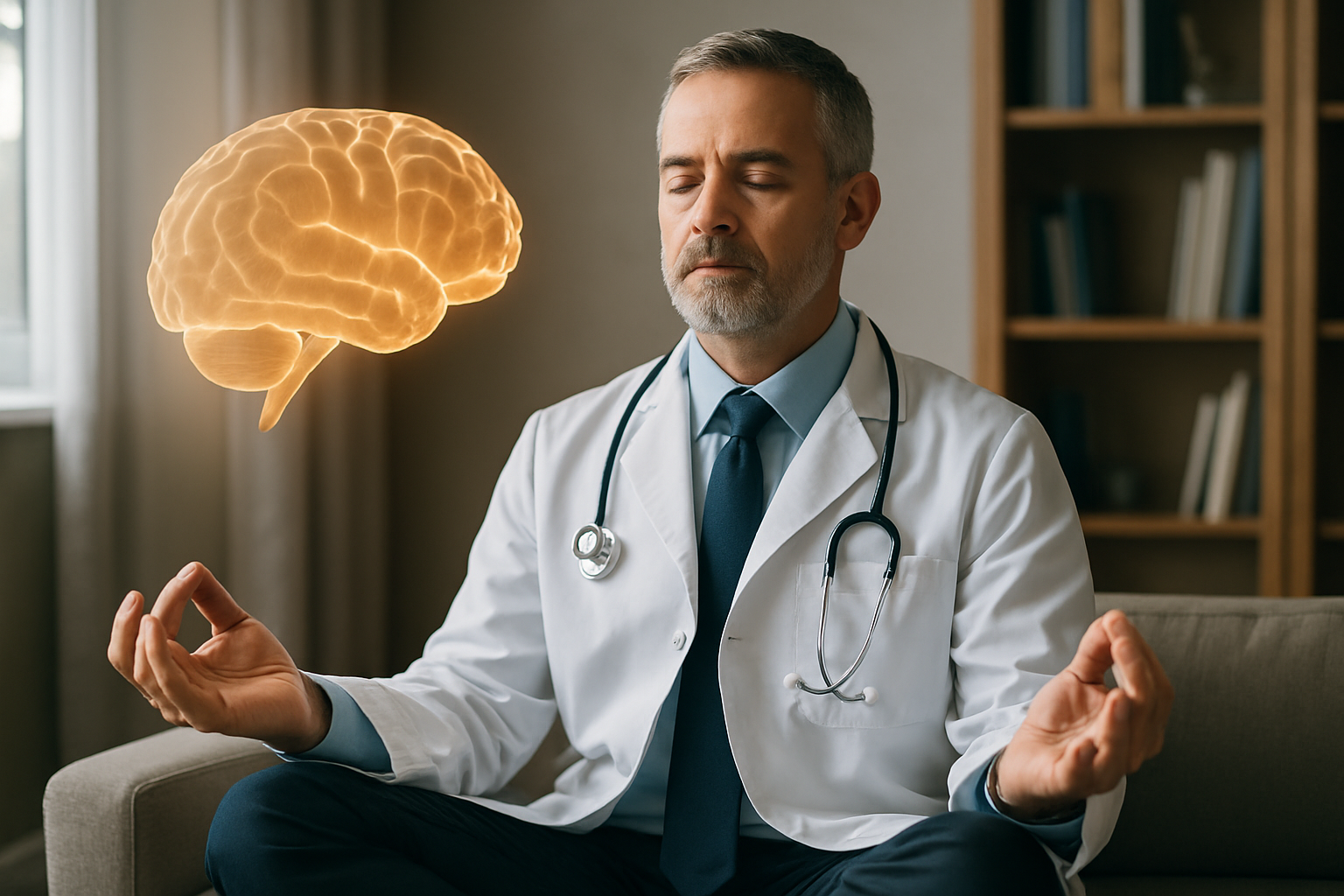Chronesthesia: Harnessing Mental Time Travel for Enhanced Well-being
The ability to mentally traverse time, recalling past experiences and imagining future scenarios, is a uniquely human trait. But have you ever wondered how this mental time travel impacts your health and well-being? Enter chronesthesia, a fascinating cognitive phenomenon that's reshaping our understanding of mental health, decision-making, and personal growth.

The Science Behind Chronesthesia
Chronesthesia, a term coined by endel tulving in 2002, refers to our ability to be aware of subjective time. It encompasses both episodic memory (our ability to recall past experiences) and future thinking (our capacity to imagine potential future scenarios). This mental time travel is made possible by the default mode network (DMN), a set of interconnected brain regions that become active when we’re not focused on the external world.
Neuroimaging studies have shown that when we engage in chronesthesia, areas such as the medial prefrontal cortex, posterior cingulate cortex, and medial temporal lobes become highly active. These regions are crucial for self-reflection, autobiographical memory, and future planning.
The Health Benefits of Mental Time Travel
Engaging in chronesthesia can have profound effects on our mental and physical health. When we recall positive past experiences, we activate the same neural pathways associated with the original event, potentially boosting mood and reducing stress. Similarly, imagining positive future scenarios can increase motivation and hope, which are crucial for maintaining good mental health.
Research has shown that individuals who regularly practice positive future thinking tend to have lower rates of depression and anxiety. This is likely due to the increased sense of control and optimism that comes with visualizing positive outcomes.
Chronesthesia and Decision-Making
One of the most significant impacts of chronesthesia is on our decision-making processes. By mentally simulating different future scenarios, we can better prepare for potential outcomes and make more informed choices. This ability is particularly crucial in health-related decisions, where the consequences of our choices may not be immediately apparent.
For example, individuals who regularly engage in future thinking about their health are more likely to adopt preventive behaviors, such as regular exercise and healthy eating habits. They’re also better equipped to anticipate and overcome potential obstacles to their health goals.
Practical Applications in Wellness Programs
Given the potential benefits of chronesthesia, many wellness programs are now incorporating mental time travel exercises into their regimens. These exercises typically involve guided visualizations of positive past experiences or desired future outcomes.
For instance, some mindfulness-based stress reduction programs now include exercises where participants vividly imagine themselves successfully navigating stressful situations in the future. This not only reduces anxiety about potential challenges but also equips individuals with mental tools to handle real-life stressors more effectively.
Potential Pitfalls and How to Avoid Them
While chronesthesia can be a powerful tool for enhancing well-being, it’s not without its potential downsides. Excessive rumination on past negative experiences or anxiety about future events can lead to increased stress and decreased mental health.
To avoid these pitfalls, it’s important to practice balanced and constructive mental time travel. This involves focusing on learning from past experiences rather than dwelling on them, and imagining realistic, positive future scenarios rather than catastrophizing.
Chronesthesia in Action: Practical Tips
-
Start your day with a positive future visualization: Spend 5 minutes each morning imagining your ideal day unfolding
-
Practice gratitude through past reflection: Each evening, recall three positive experiences from your day
-
Use mental contrasting for goal achievement: Imagine your desired future, then contrast it with potential obstacles and plan how to overcome them
-
Engage in episodic future thinking when making health decisions: Vividly imagine the long-term consequences of your choices
-
Balance your mental time travel: If you find yourself dwelling on negative past experiences, consciously shift your focus to positive future scenarios
In conclusion, chronesthesia represents a fascinating intersection of cognitive science and wellness. By understanding and harnessing our ability to mentally travel through time, we can significantly enhance our mental health, improve decision-making, and boost overall well-being. As research in this field continues to evolve, we can expect to see even more innovative applications of chronesthesia in health and wellness programs. The power to shape our health lies not just in our present actions, but in our ability to learn from our past and envision our future.





